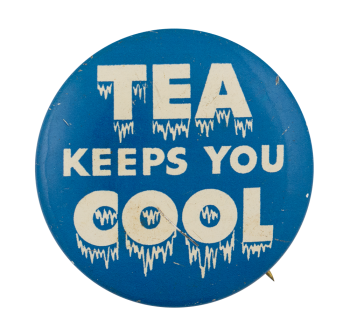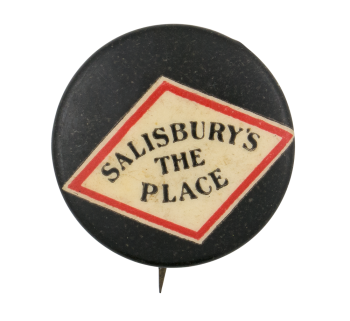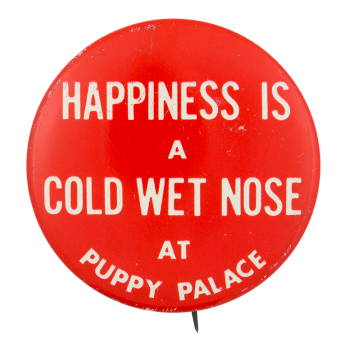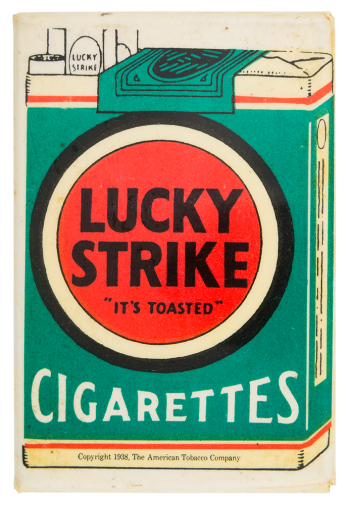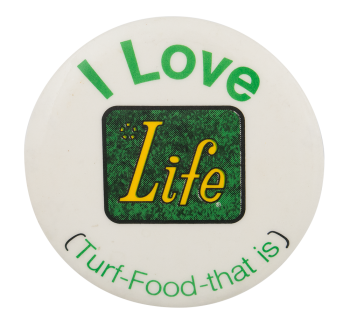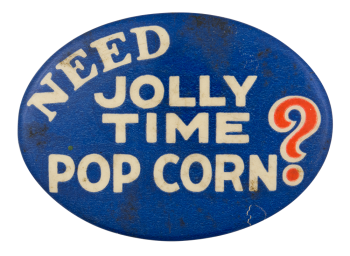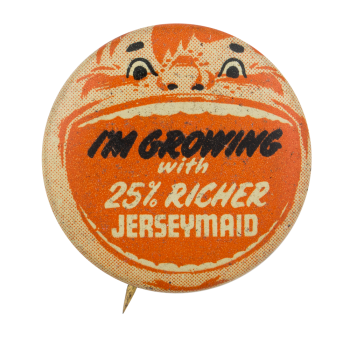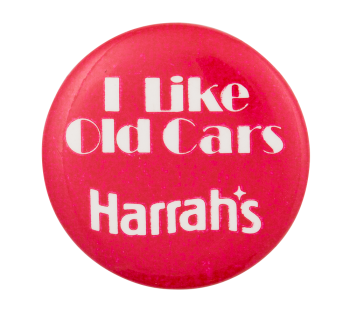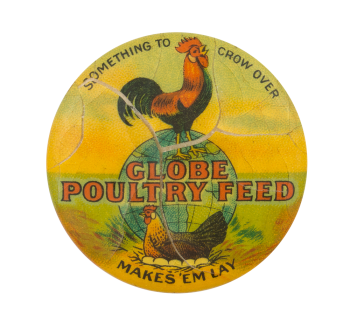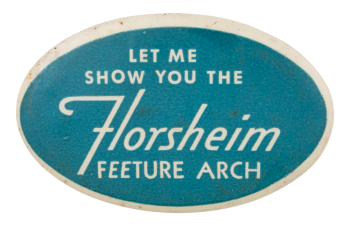Tea Keeps You Cool
| Category | |
|---|---|
| Additional Images | |
| Sub Categories | |
| Text on Button | TEA KEEPS YOU COOL |
| Image Description | White text with white dripping letters on a blue button. |
| Back Style | |
| The Shape | |
| The Size | |
| Additional Information | In the late 1930s, "Tea Keeps You Cool" advertisements appeared in various magazines and newspapers, promoting iced tea as a refreshing beverage. At the same time, iced tea was becoming more common in the United States due to Prohibition, when people were searching for alternatives to alcoholic drinks. |
| Catalog ID | AD0602 |

